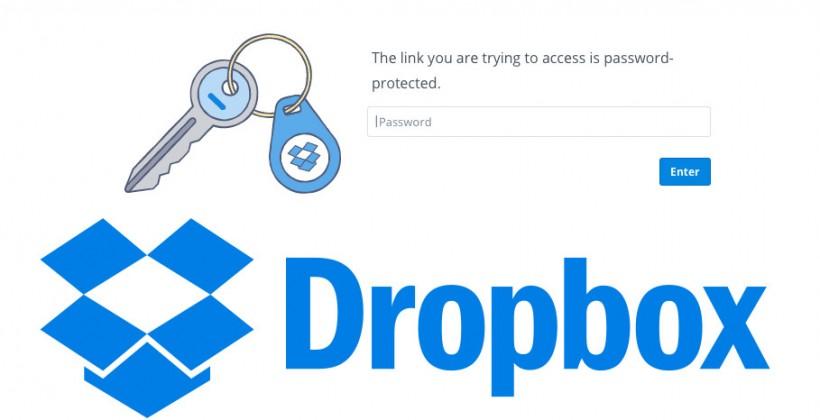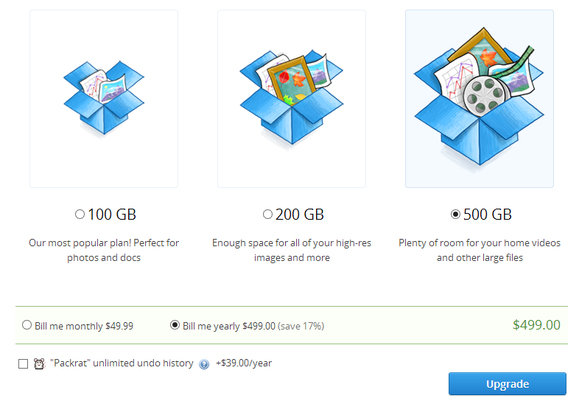

One important caveat: The other services in this roundup offer detailed security information that’s easy to find on their site, but we couldn’t find any specifics on the MediaFire site about encryption or other data protection. The service is very easy to use, with an intuitive interface. You can share file links on Facebook, Twitter, Pinterest, and other sites by generating a one-time download link. Macs and Windows PCs access MediaFire via a web browser, but the company does offer apps for iOS and Android. The ad-supported free service lets you upload files up to 4GB, which is very generous, and the service automatically scans files for viruses, which not every file-syncing service offers. With competitive rates and a free plan that offers 10GB of storage (comparable to Box’s free plan), it may be worth a test drive for the budget-minded. And you can easily send files to anyone, even if they don’t have a Dropbox account themselves.MediaFire is a lesser-known file sharing/storage service. You don’t have to worry about storage space, permissions, or managing file access. Plus, you can send finished work as soon as you’re done just by dragging and dropping files without having to upload them to the cloud first-all within Dropbox. When you send large files to clients, you want them delivered quickly and securely-Dropbox ticks these boxes.

With Dropbox Transfer, on the other hand, you can send files and folders up to 250 GB, making it an ideal choice whether you’re a freelancer or a mid-size business. If you’re a freelancer, WeTransfer can get a basic transfer job done, but their file sharing space caps out at 200 GB on a paid plan. Dropbox Transfer is a great solution for anyone who needs to create and send large files-freelancers, production companies, music producers, graphic designers, creative and digital agencies, publishers and podcasters, video creators, architects and construction companies, data scientists-and more.


 0 kommentar(er)
0 kommentar(er)
